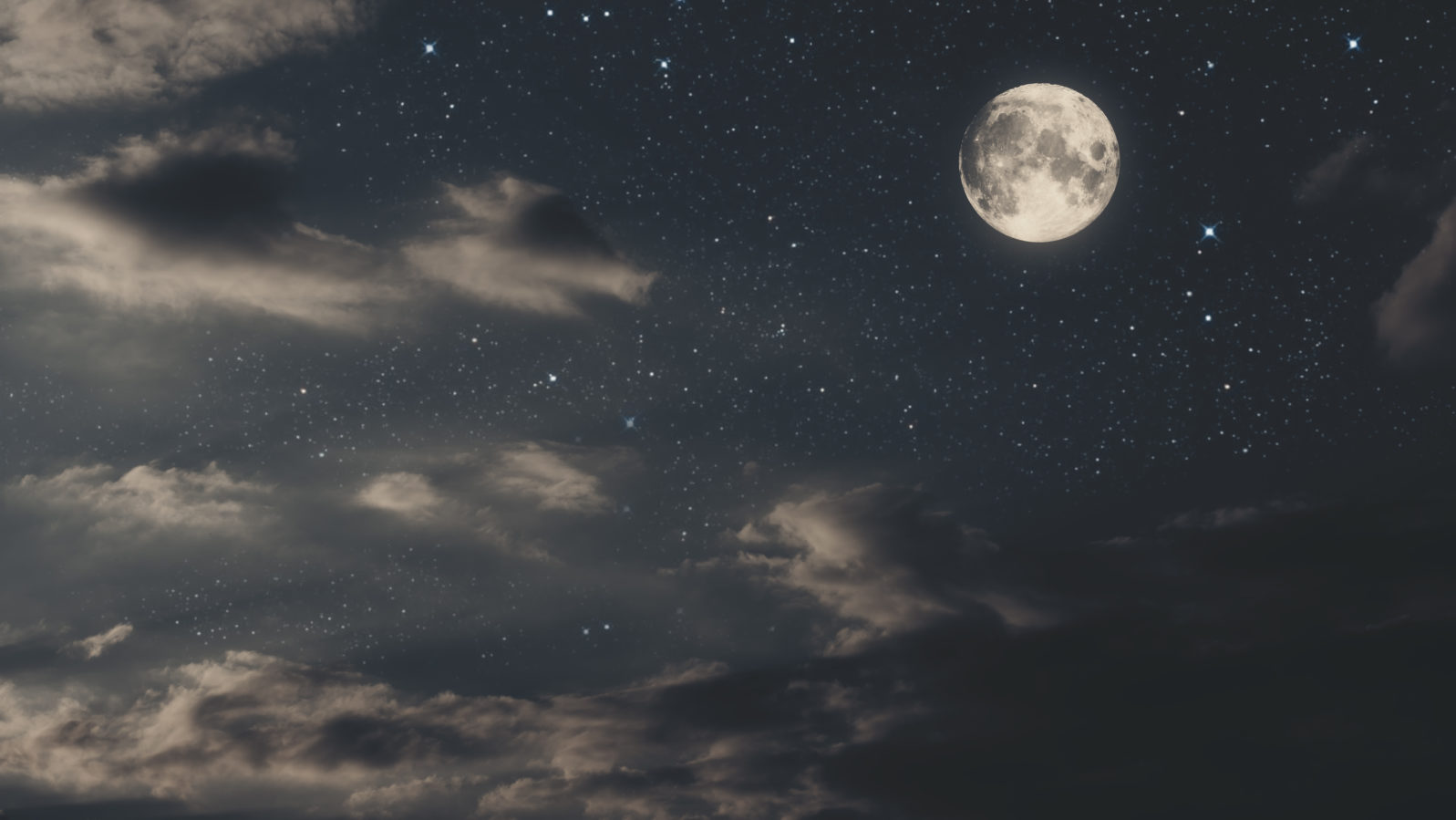NASA Finds Spots on the Moon With San Francisco Temperatures
No, this news is NOT from the “Strange News” tabloid at the checkout counter; it really happened and it is good news for proposed moon basesTalk about a “fairy godmother” find:
NASA-funded scientists have discovered shaded locations within pits on the Moon that always hover around a comfortable 63 F (about 17 C) using data from NASA’s Lunar Reconnaissance Orbiter (LRO) spacecraft and computer modeling.
The pits, and caves to which they may lead, would make thermally stable sites for lunar exploration compared to areas at the Moon’s surface, which heat up to 260 F (about 127 C) during the day and cool to minus 280 F (about minus 173 C) at night. Lunar exploration is part of NASA’s goal to explore and understand the unknown in space, to inspire and benefit humanity.
Bill Steigerwald, “NASA’s LRO Finds Lunar Pits Harbor Comfortable Temperatures” at NASA (July 26, 2022)
The pits were first discovered in 2009:
“Lunar pits are a fascinating feature on the lunar surface,” said LRO Project Scientist Noah Petro of NASA’s Goddard Space Flight Center in Greenbelt, Maryland. “Knowing that they create a stable thermal environment helps us paint a picture of these unique lunar features and the prospect of one day exploring them.”
Lava tubes, which are also found on Earth, form when molten lava flows beneath a field of cooled lava or a crust forms over a river of lava, leaving a long, hollow tunnel. If the ceiling of a solidified lava tube collapses, it opens a pit that can lead into the rest of the cave-like tube.
Two of the most prominent lunar pits have visible overhangs that clearly lead to caves or voids, and there is strong evidence that another’s overhang may also lead to a large cave.
Bill Steigerwald, “NASA Spacecraft Finds Pits on the Moon That Always Hover Around a Comfortable Temperature” at July 29, 2022
This find will, of course, make moon bases (and moon tourism?) much more viable:
These partially-shaded pits and dark caves could be ideal for a lunar base, scientists say.
“Surviving the lunar night is incredibly difficult because it requires a lot of energy, but being in these pits and caves almost entirely removes that requirement,” Tyler Horvath, a doctoral student in planetary science at the University of California, Los Angeles and lead author on the NASA-funded research published online July 8 in the journal Geophysical Research Letters(opens in new tab), told Live Science.
Jamie Carter, “Scientists discover 200 ‘Goldilocks’ zones on the moon where astronauts could survive” at LiveScience (July 29, 2022)
The lunar pits are not, however, a “Goldilocks zone”
Physicist Eric Hedin offers a caution re the term “Goldilocks Zone,” as in the LiveScience article: “The article’s claim that these lukewarm lunar pits represent Goldilocks zones is weakening this term for planetary habitability to a single, narrow criterion – temperature. Certainly, many more parameters need to be aligned within finely-tuned ranges in order to classify the zone as habitable.”
Indeed. Earth’s position in a Goldilocks Zone results from many factors working together, not just one life-friendly circumstance. For example:
Anyway, we will soon get to find out a lot of things for sure (just for once!). NASA plans to go back to the Moon and build a base in 2024.
Other space agencies are looking at the Moon too. China plans a moon base by 2027.
A base in one of the Moon’s balmy pits is not as exciting as a mission to exoplanets past Alpha Centauri. But it is extraterrestrial and with the Moon, we don’t have nearly impossible speed of light problems just getting there. Like Lagrange points, they can be seen, if you like, as a trail marker beckoning us to try.
You may also wish to read: Where could aliens be hiding technology in our solar system? Possibilities include the Oort Cloud and Lagrange points, where NASA can park spacecraft to reduce fuel consumption. What astrobiologists are looking for is technosignatures — events and entities that nature did not simply generate apart from some form of thought and foresight.
